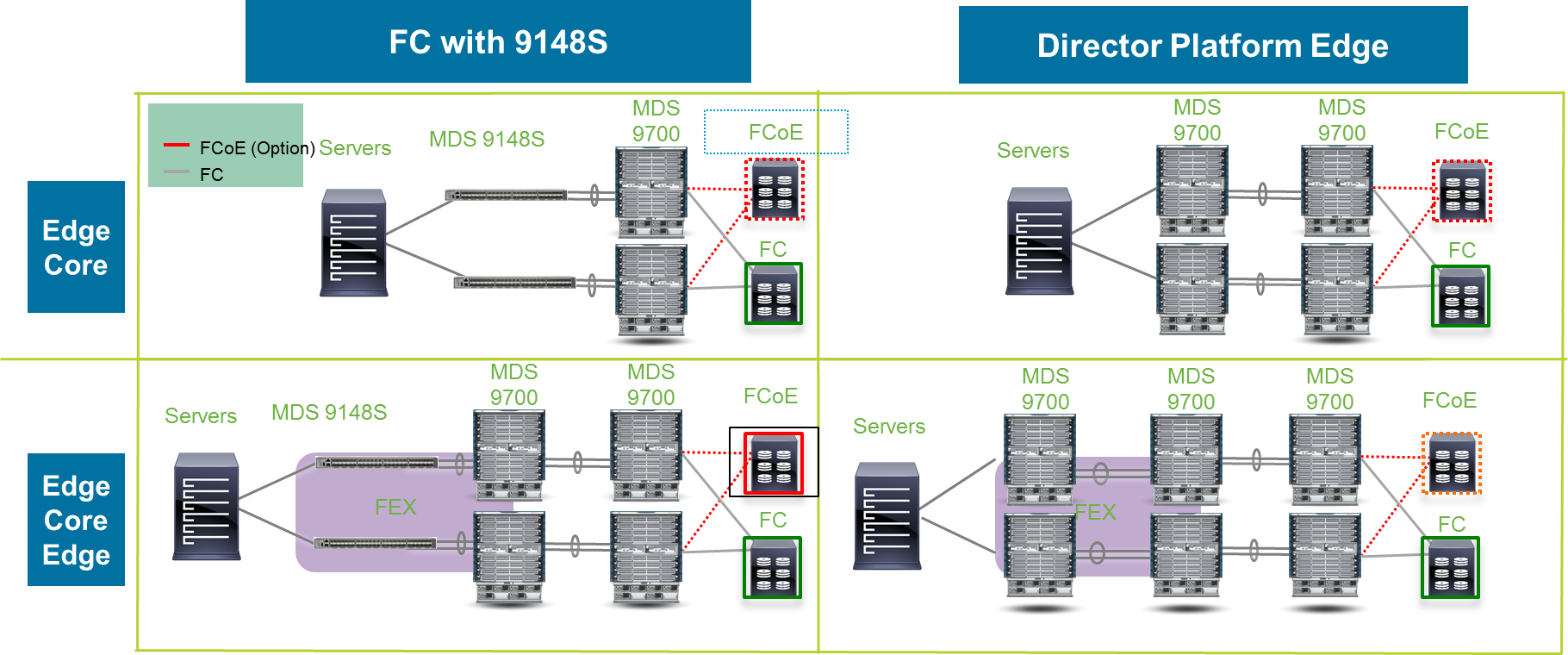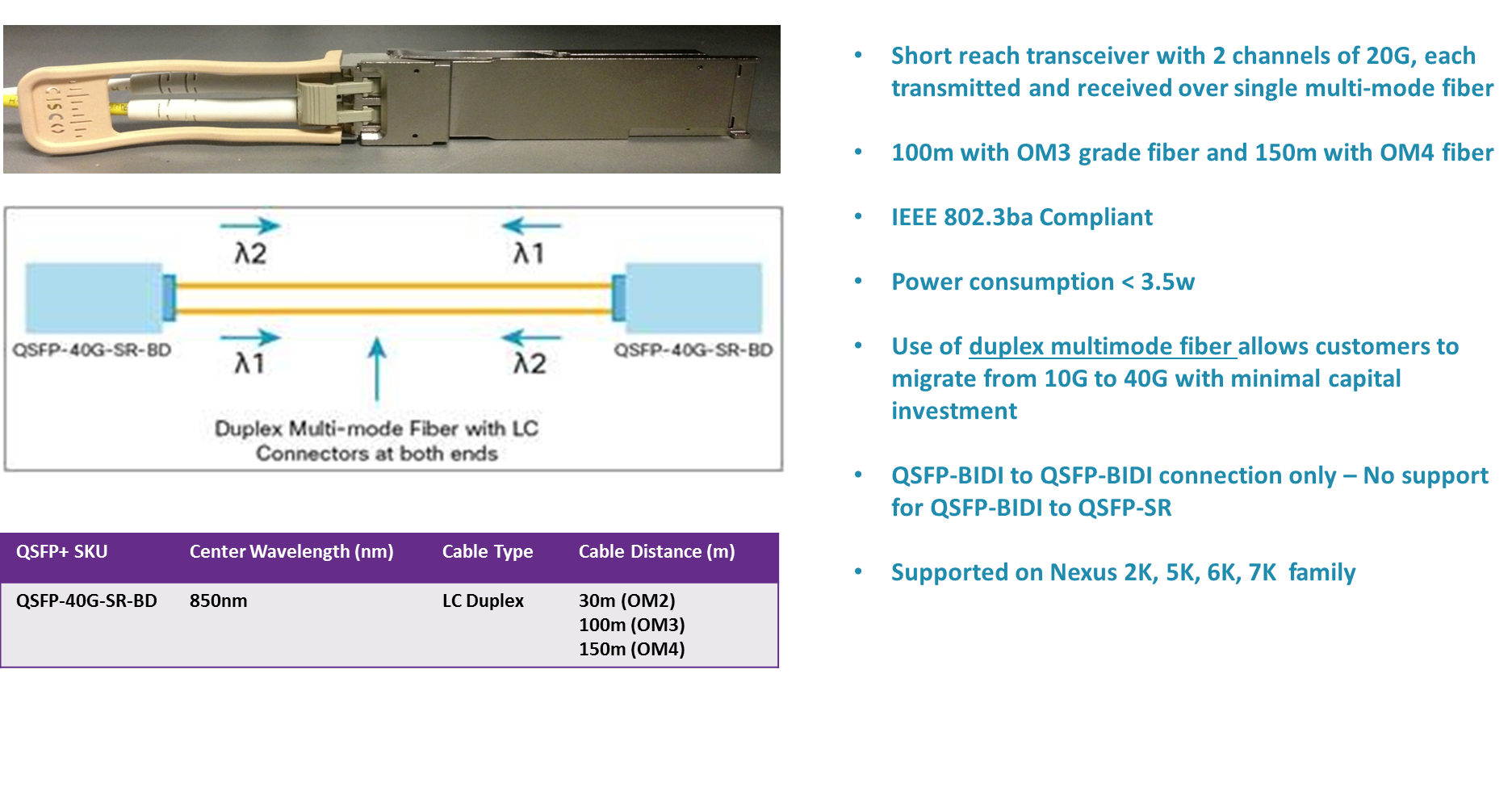Note: This is the third of a three-part series on Next Generation Data Center Design with MDS 9700; learn how customers can deploy scalable SAN networks that allow them to Scale Up or Scale Out in a non disruptive way. Part 1 | Part 2 ]
This week is exciting, had opportunity to sit on round table with Cisco’s largest customers on an open ended architecture discussion and their take on past, present and future. More on that some other time let’s pick up last critical aspect of High Performance Data Center design namely flexibility. Customers need flexibility to adapt to changing requirements over time as well as to support diverse requirements of their users. Flexibility is not just about protocol, although protocol is very important aspect, but it is also about making sure customers have choice to design, grow and adapt their DC according to their needs. As an example if customers want to utilize the time to market advantage and ubiquity of Ethernet they can by adopt FCoE.

Moreover flexibility has to be complemented by seamless integration where customers can not only mix and match the architectures/protocols/speeds but also evolve from one to other over time with minimal disruption and without forklift upgrades. Investment protection of more than a decade on Cisco director switches allows customer to move to higher speeds, or adopt new protocols using the existing chassis and fabric cards. Finally any solution should allow scalability over time with minimal disruptions and common management model. As an example on MDS 9710 or MDS 9706 customers can choose to use 2/4/8 G FC, 4/8/16G FC, 10G FC or 10G FCoE at each hop.

Let’s review each aspect of flexibility at a time.
Architecture:
Cisco SAN product family is designed to support Architecture flexibility. From smallest to the largest customers and everything in-between. Customers can grow from 12 16G ports to 48 ports on a single 9148S. They can grow from 48 16G Line Rate Ports to 192 16G Line Rate with MDS 9710 and upto 384 ports on MDS 9710. Finally having seamless FC and FCoE capability allows customers to use these directors as edge or core switches . With the industry leading scalability numbers, customers can scale up or scale out as per their needs. Two examples show how customers can use Director class switches (9513, 9506, 9710 or 9706) based Architecture for End of Row designs. Similarly customers can orchestrate Top of Rack designs using Nexus fixed family or MDS 9148S.

If they want to continue with FC for foreseeable future or have sizable FC infrastructure that they want to leverage (and have option to go to FCOE) then MDS serves their needs. Similarly they can support edge core designs, and edge core edge designs or even collapsed cores if so desired.

If customers need converged switch then Nexus 2K, 5K and 6K provides the flexibility, ability to collapse two networks, simplify management as shown in the picture below.

Speeds
Customers can mix and match the FC speeds 2G/4G/8G, 4G/8G/16G on the latest MDS 9148S, and MDS 9700 product family. With all the major optics supported, customers can pick and choose optics for the smallest distance to long distance CWDM and DWDM solutions in addition to SW, LW and ER optics choices. In addition MDS 9700 supports 10GE optics running 10G FC traffic for ease of implementing 10G DWDM solutions based on ubiquitous 10GE circuits.
Protocol
FC is a dominant protocol with DC but at the same time a lot of customers are adopting FCoE to improve ROI, simplify the network or simply to have higher speeds and agility. Irrespective of the needs and timeline MDS solution allows customer to adopt FCoE today or down the road without forklift upgrades on the existing MDS 9700 platforms while leveraging the existing FC install base.

The diagram above shows how customers can collapse LAN and SAN networks on the edge into one network. The advantage of FEX include reduced TCO, simplified operations (Parent switch provides a single point of management and policy enforcement and Plug-and-play management includes auto-configuration).
Another example to allow non transition less disruptive for customers Cisco has supported the BiDi optics on the Nexus product family. This allows customers to use the the same same OM2, OM3 and OM4 fabrics for 40G FCoE connectivity and still don;t have to rip and replace cabling plant.

For customer who are not ready to converge networks but want to achieve faster time to market, higher performance, Ethernet scale economies can use separate LAN and SAN network and use FCoE for that dedicated SAN .

Coupled with broad Cisco product portfolio means that customers have the maximum flexibility to tune the architecture precisely to their needs. Cisco product portfolio is tightly integrated, all the SAN switches use same NxOS and DCNM provides seamless manageability across LAN, SAN, Converged infrastructure to Fabric Interconnects on UCS.

From the last 3 blogs lets quickly capture what are the unique characteristics of MDS 9700 that allows for High Performance Scalable Data Center Design.
24 Tbps Switching capacity, line rate 16g FC ports, No Oversubscription, local switching or bandwidth allocation.
Redundancy for every critical component in the chassis including Fabric Card. Data Resiliency with CRC check and Forward Error Correction. Multiple level of CRC checks, smaller failure domains.
In next few days lets put this all together to see how customers can deploy scalable networks that allow them to Scale Up or Scale Out in a non disruptive way.
To learn more about the MDS 9148S please join us for a webinar.
“In business, words are words; explanations are explanations, promises are promises, but only performance is reality.”
Harold S. Geneen
CONNECT WITH US